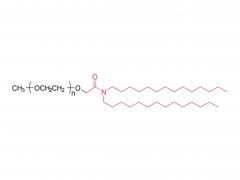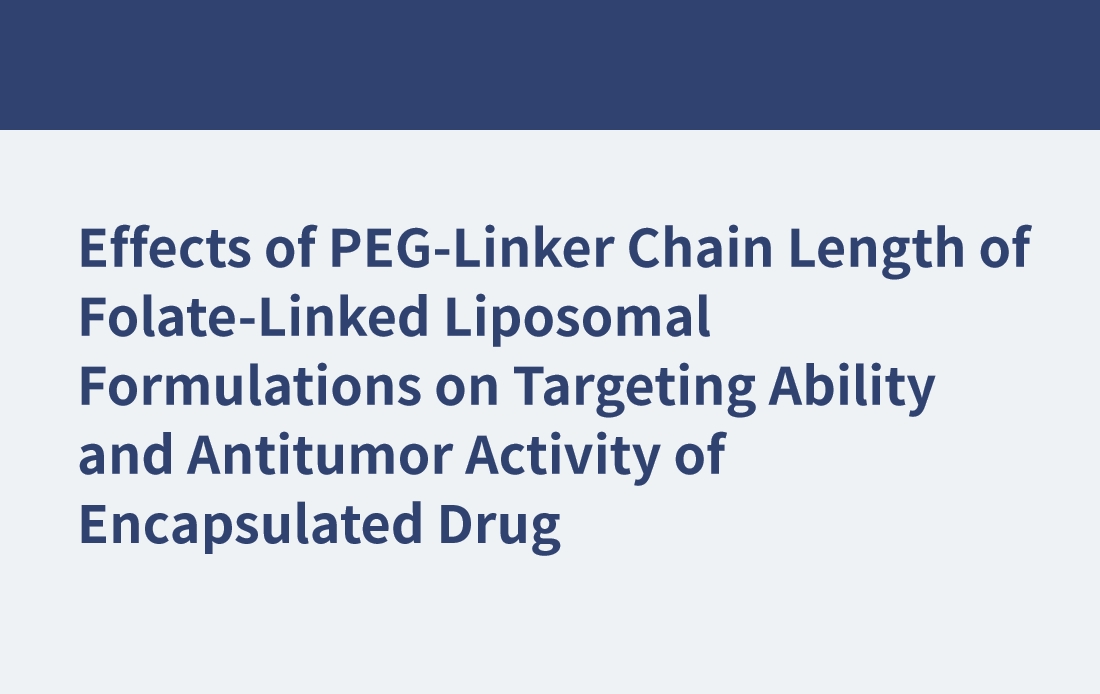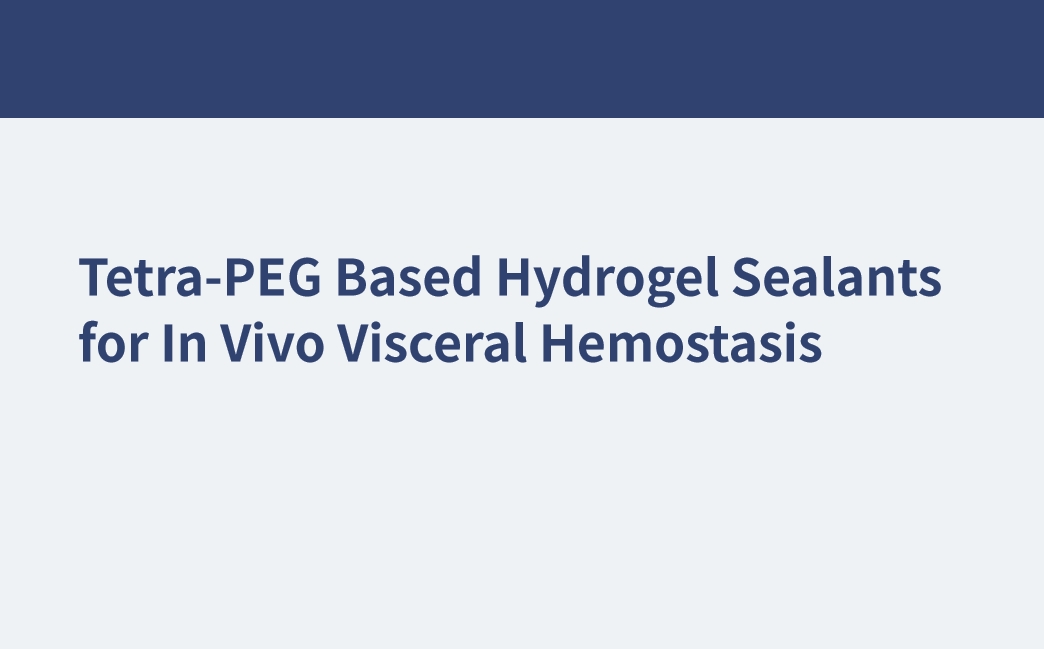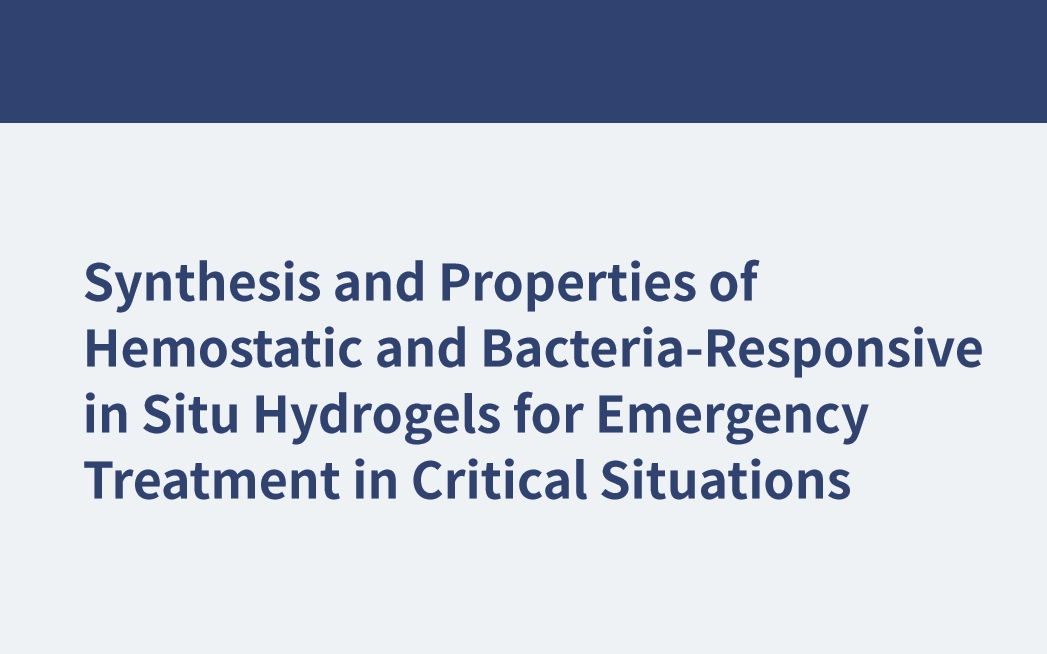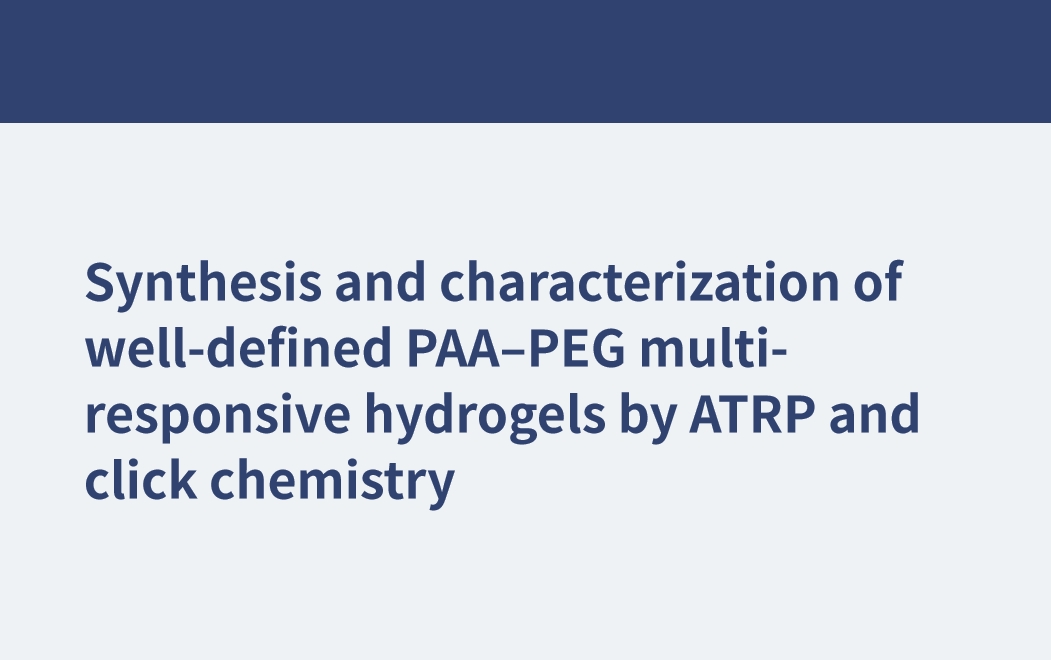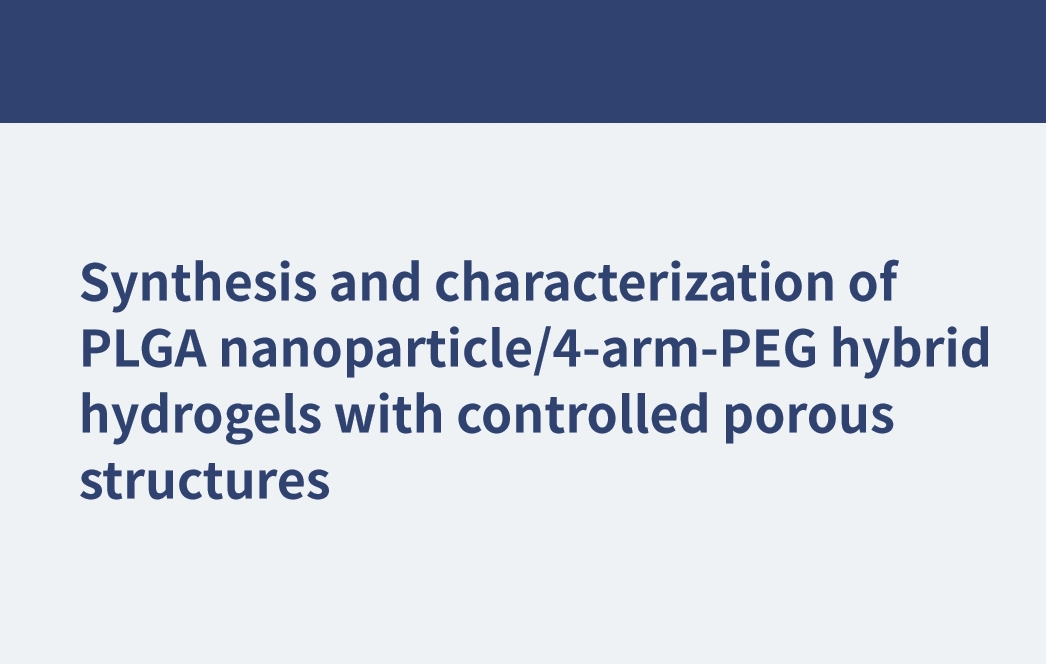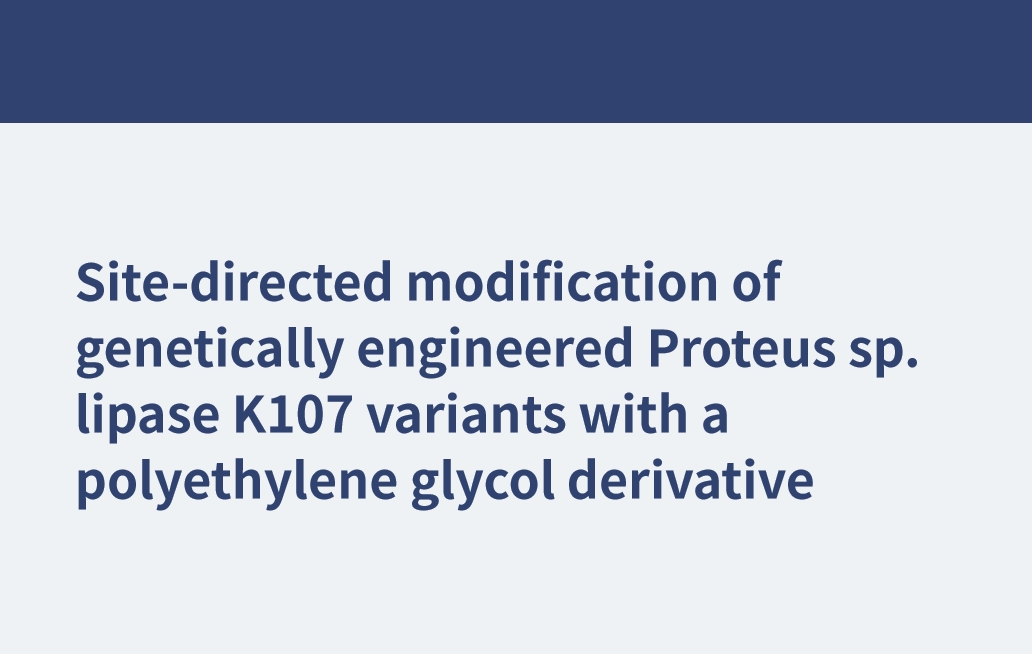Int J Nanomedicine. 2023 Mar 30:18:1615-1630. doi: 10.2147/IJN.S402418. eCollection 2023. Effects of PEG-Linker Chain Length of Folate-Linked Liposomal Formulations on Targeting Ability and Antitumor Activity of Encapsulated Drug Abstract Introduction: Ligand-conjugated liposomes are promising for the treatment of specific receptor-overexpressing cancers. However, previous studies have shown inconsistent results because of the varying properties of the ligand, presence of a polyethylene glycol (PEG) coating on the liposome, length of the linker, and density of the ligand. Methods: Here, we prepared PEGylated liposomes using PEG-linkers of various lengths conjugated with folate and evaluated the effect of the PEG-linker length on the nanoparticle distribution and pharmacological efficacy of the encapsulated drug both in vitro and in vivo. Results: When folate was conjugated to the liposome surface, the cellular uptake efficiency in folate receptor overexpressed KB cells dramatically increased compared to that of the normal liposome. However, when comparing the effect of the PEG-linker length in vitro, no significant difference between the formulations was observed. In contrast, the level of tumor accumulation of particles in vivo significantly increased when the length of the PEG-linker was increased. The tumor size was reduced by >40% in the Dox/FL-10K-treated group compared to that in the Dox/FL-2K- or 5K-treated groups. Discussion: Our study suggests that as the length of PEG-linker increases, the tumor-targeting ability can be enhanced under in vivo conditions, which can lead to an increase in the antitumor activity of the encapsulated drug. Keywords: PEG-linker length; PEGylated liposome; folate receptor; ligand-conjugated liposome. For more product information, please contact us at: US Tel: 1-844-782-5734 US Tel: 1-844-QUAL-PEG CHN Tel: 400-918-9898 Email: sales@sinopeg.com
View More







